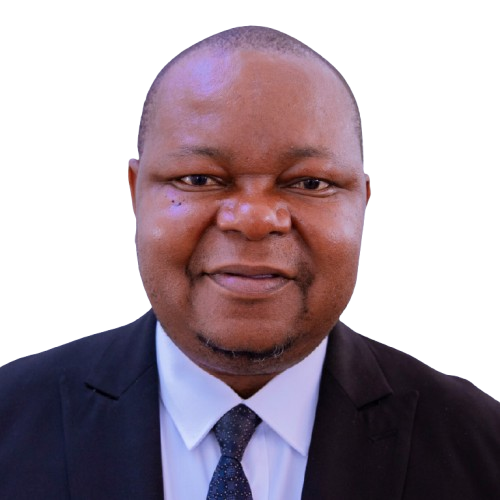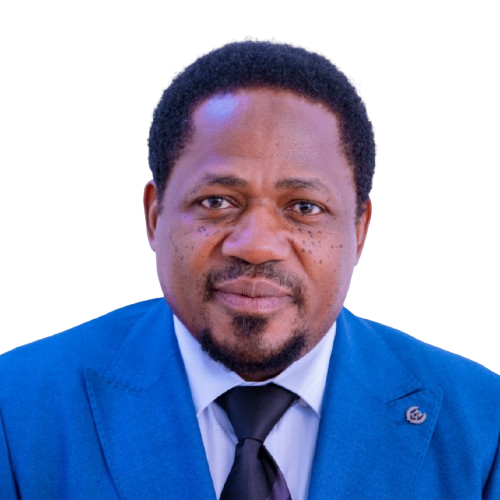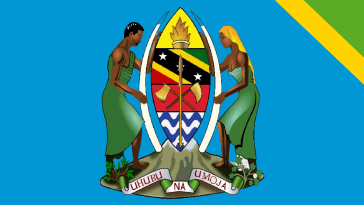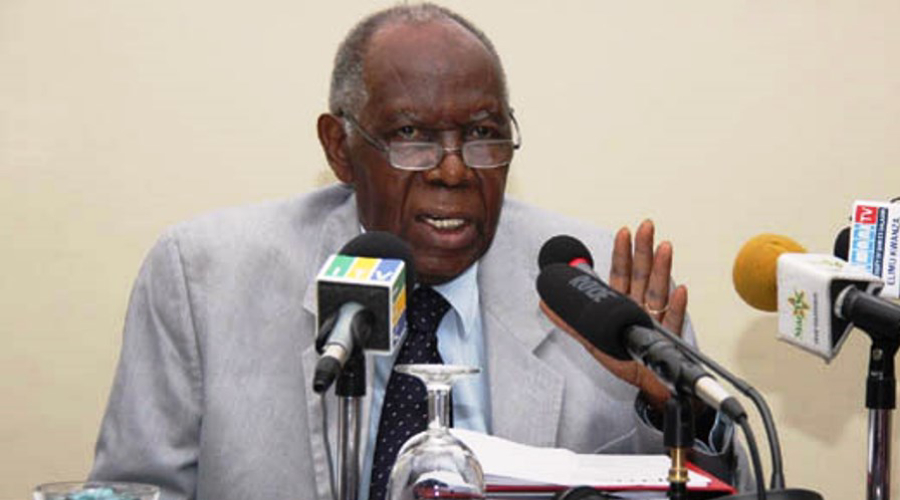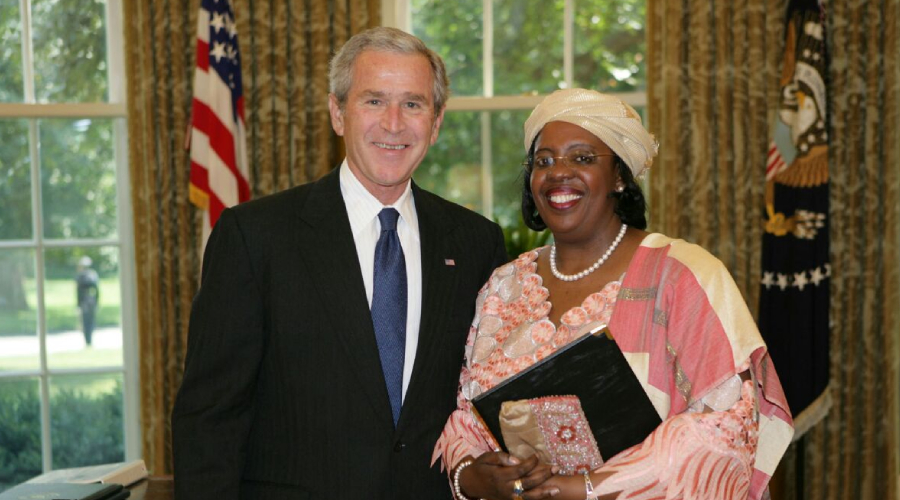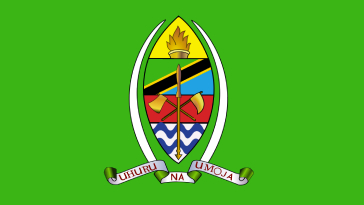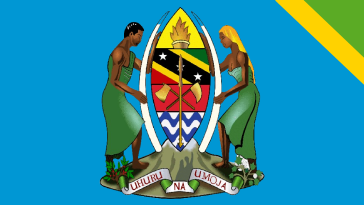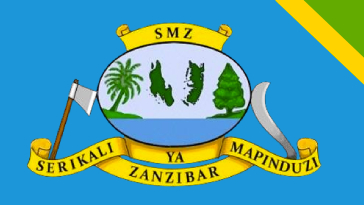Institution History
1.1 Introduction
Our country gained independence on December 9, 1961, when Mwalimu Julius Kambarage Nyerere appointed Hon. Job Lusinde as the first Minister of the Ministry of Local Government, followed by 22 ministers, including 3 women. Currently, the Ministry is led by Hon. Mohamed Mchengerwa.
Since 1961, the President's Office – Regional Administration and Local Government (TAMISEMI) has been an independent ministry, a ministry under the Prime Minister's Office, and now under the President's Office. Decisions on where it is placed have been made to strengthen the performance of this office.
The President's Office TAMISEMI is the only ministry whose headquarters started in Dodoma since the early seventies when the government announced Dodoma as the capital city, with a small office in Dar es Salaam. The presence of the headquarters in Dodoma aimed to provide equal opportunities for its main stakeholders, especially regions and local government authorities, to easily reach Dodoma for various services.
The purpose of the existence of local governments is to transfer power to the citizens, which originates from the Constitution of the United Republic of Tanzania of 1977 in Chapter 8, Articles 145 and 146. The transfer of power to the citizens goes through local government authorities, and that is why local governments and citizen participation in the development process are recognized in the Constitution and laws of the United Republic of Tanzania.
When our country gained independence, there were ten administrative regions inherited from the British colonial rule in 1966. The first President, the late Julius Kambarage Nyerere, with the authority given to him, created 15 regions and abolished the division of the country into provinces. Currently, our country has 26 regions, 139 districts, 184 councils, 570 divisions, 3,956 wards, 12,319 villages, 64,384 hamlets, and 4,263 streets. After independence, there were a total of 45 councils, and by 2009 there were 129 councils, which have continued to increase to 184 by 2021.
At the time of independence, there were no city councils, and now there are 6 city councils. There was one municipal council in Dar es Salaam, and now there are 20 municipal councils. There were 9 town councils, and now there are 21 town councils, and there were 10 district councils, and now there are 137 district councils.
The government continued with the local government system inherited from the colonialists and used it as a tool for development based on democracy. Due to various challenges faced by the performance of local government authorities after independence in the early seventies, the government abolished these authorities and established the regional power system.
This system made local governments dependent on the central government for everything due to citizens not participating in decision-making and development activities. The country's economy declined, and living standards dropped. Due to this situation, local governments on the side of urban authorities were restored in 1978, and in 1984, local governments were restored on the side of district authorities.
To strengthen local governments and enable them to provide better services to citizens, the government has been taking various steps. One of these steps is the establishment of the Local Government System Improvement Plan initiated in 1998, which aimed at transferring power to the citizens (D by D).
During this period of reforms, the government issued a policy statement on decentralization by devolution (D-by-D) as an appropriate way to accelerate social and economic development and improve service delivery to citizens. This policy decision aimed to address the shortcomings of previous systems and provide solutions to existing challenges.
The concept of D by D is built on the basis of moving from the central government system having all decisions and local governments being mere implementers (i.e., ordering and executing) to a system where local governments have legal authority to decide on matters in their area and implement them. Thus, having a system of relationship discussions in the implementation of development activities. This concept aims to transfer more power to the citizens.
Vision
To be a leading institution in enabling regions and local government authorities to provide quality services to citizens.
Mission
To create an enabling environment for the implementation of the policy of decentralization of power to the public, rural and urban development, laws, guidelines, and standards to enable regions and local government authorities to provide quality services to citizens and eradicate poverty.
